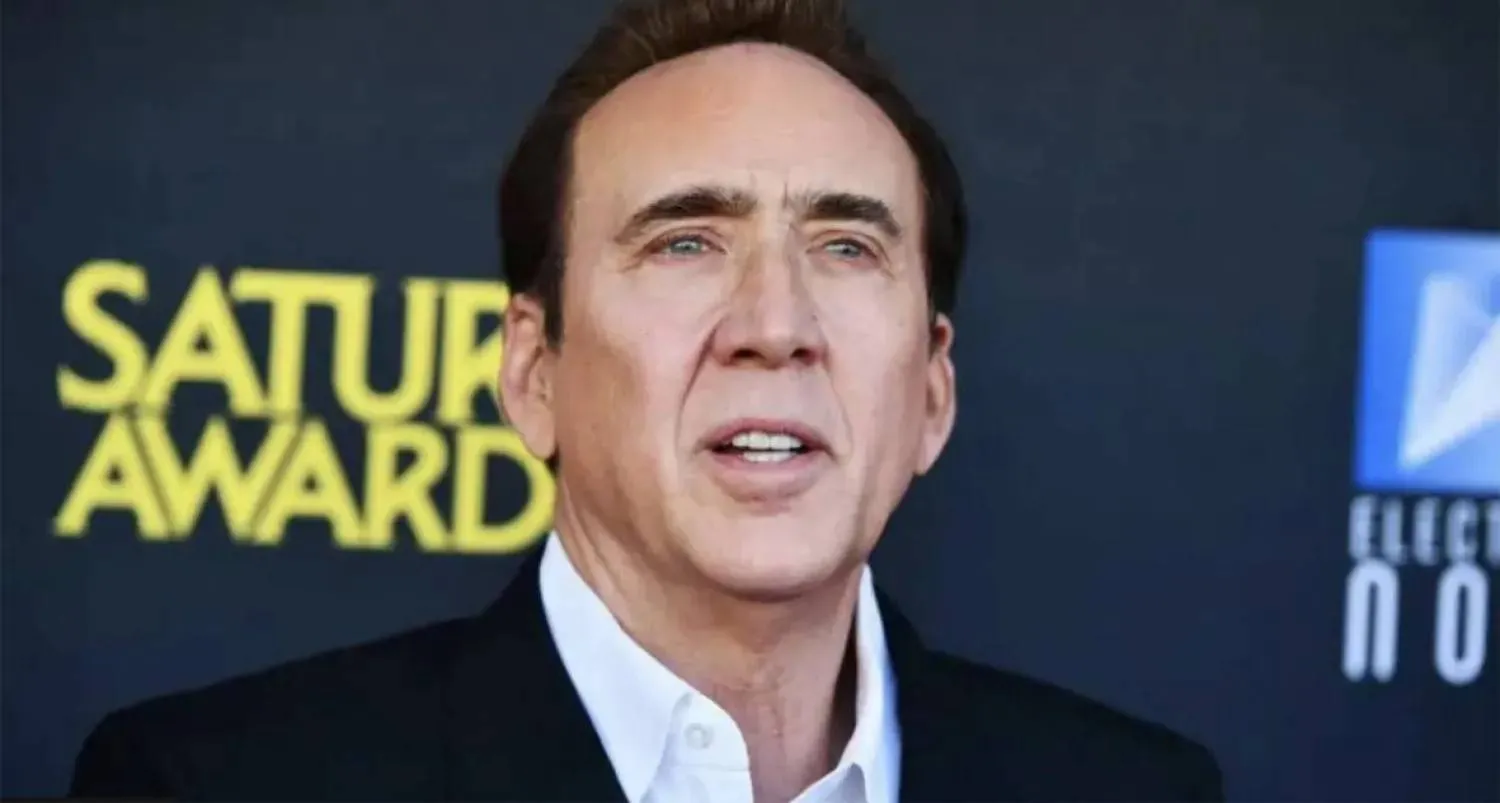Movie theaters are looking more and more like a wasteland this summer. Neither “Furiosa: A Mad Max Saga” nor “The Garfield Movie” could save Memorial Day weekend, which is cruising towards a two-decade low.
“Furiosa,” the Mad Max prequel starring Anya Taylor-Joy and Chris Hemsworth, claimed the first place spot for the Friday-Saturday-Sunday weekend with $25.6 million, according to studio estimates on Sunday. Warner Bros. is waiting until Monday to release its four-day estimates.
“The Garfield Movie,” animated and family-friendly, was the other big new offering this weekend from Sony’s Columbia Pictures and Alcon Entertainment. It is claiming No. 1 for the four-day holiday weekend with an estimated $31.9 million in ticket sales through Memorial Day. Sony estimates its three-day earnings to be $24.8 million.
Aside from Memorial Day in 2020 when theaters were closed due to COVID-19, these are the lowest earning No. 1 movies in 29 years, since “Casper” earned $22.5 million (not adjusted for inflation) in its first four days in 1995. Big earners are more typical for the holiday weekend, which has had ten movies crack $100 million, led by “Top Gun: Maverick’s” record-setting $160 million launch in 2022.
Last year, the live-action “The Little Mermaid” joined the group with a $118 million debut. Audiences even turned out in greater numbers over the pandemic-addled weekend in 2021 for “A Quiet Place Part II,” which made over $57 million.
“Furiosa” was never expected to join the $100 million opener club, which Warner Bros. released on 3,804 screens in the US and Canada. But it was supposed to have a slightly stronger showing in the $40 million range over its first four days. That would have been more in line with its predecessor, “Mad Max: Fury Road,” which opened to $45.4 million in May 2015. “Fury Road,” starring Charlize Theron and Tom Hardy, went on to gross nearly $380 million worldwide.
This new origin story in which Taylor-Joy plays a younger version of Theron’s character had a lot of things going for it, too, including strong reviews out of the just-wrapped Cannes Film Festival (it has an 89% on Rotten Tomatoes) and a splashy international press tour with many buzzy premiere looks from Taylor-Joy. With a reported $168 million production budget, not accounting for marketing and promotion, “Furiosa” has a long road to profitability.
“The Garfield Movie,” meanwhile, was more modestly budgeted, at a reported $60 million. Chris Pratt voices the lasagna-loving, Monday-hating orange cat in the movie that got scathing reviews from critics (it has a 37% on Rotten Tomatoes). Audiences meanwhile gave both “Furiosa” and “The Garfield Movie” a B+ CinemaScore and 4.5 stars out of 5 on PostTrak.
In its second weekend, John Krasinski’s “IF” fell 53%, adding $16 million through Sunday and $20.7 million through Monday, bringing its domestic total to $63.3 million. Worldwide, it has surpassed $100 million. “Kingdom of the Planet of the Apes,” now in its third weekend, added $13.4 million through Sunday, bringing its global total to $294.8 million, making it the fourth-highest grossing film of the year.
Earlier this week, the industry trade The Hollywood Reporter asked “what happened to the $100 million opener?” Notably, 2023 has had none yet. The biggest of the year was “Dune: Part Two,” which opened to $82.5 million and went on to earn over $711 million worldwide.
The lack of a recent runaway hit just puts more pressure on the upcoming films to make up the slack. Still on the way are a slew of potential blockbusters like Paramount’s “A Quiet Place: Day One” (June 27), Universal’s “Despicable Me 4” (July 3) and “Twisters” (July 19) and two heavy-hitters from Disney: “Inside Out 2” (June 14) and “Deadpool & Wolverine” (July 26).









